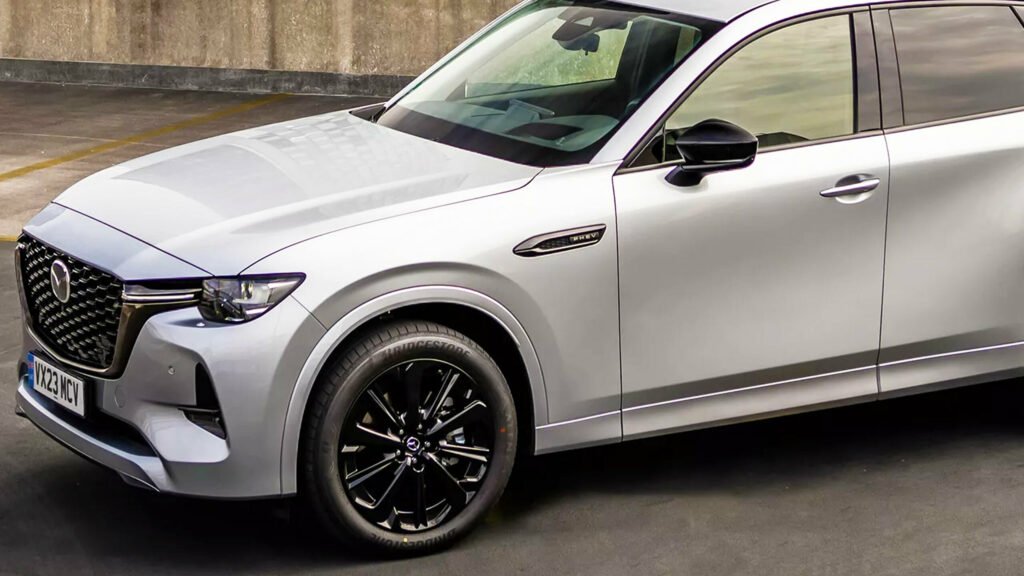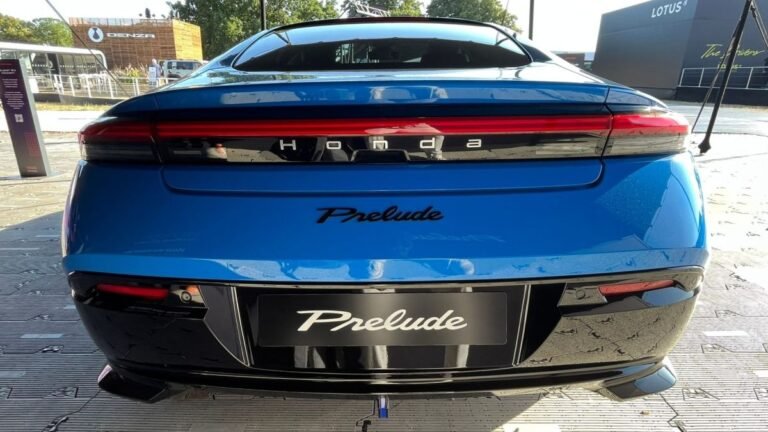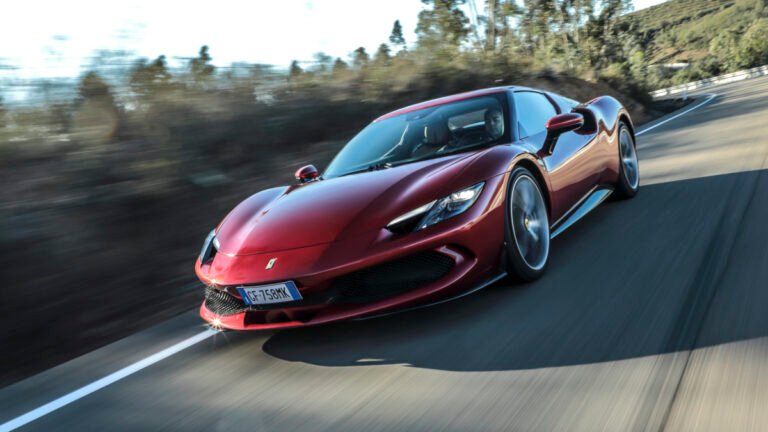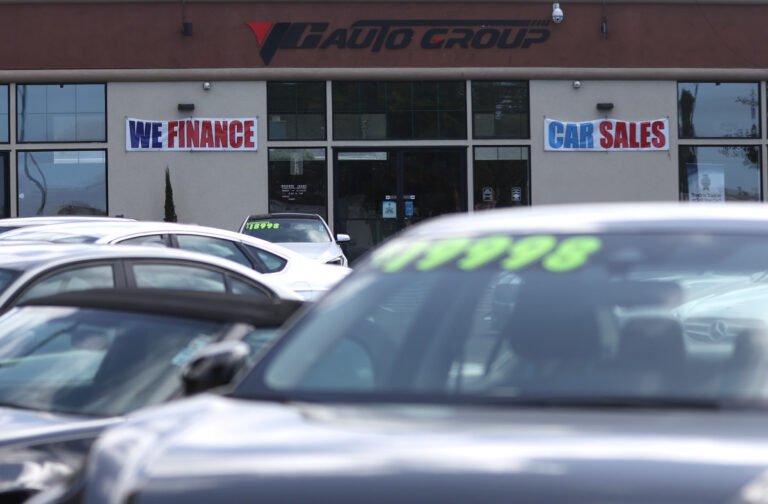

- Thanks to a new trade deal, auto tariffs will be reduced from 27.5 to 15 percent.
- In exchange, Japan will ramp up imports of agricultural products by 75 percent.
- The Asian country’s government has also agreed to invest $550 billion in the US.
After months of negotiations, the US and Japan have agreed to a new trade deal that will grant some reprieve to local car brands selling their vehicles Stateside. More specifically, tariffs will remain in place, but will be lowered as Land of the Rising Sun will increase purchases of goods from the States.
In recent months, Japanese car manufacturers have been dealing with 27.5 percent tariffs. Now, the vast majority of goods it exports to the US will be subject to a baseline 15 percent levy, including automobiles and auto parts. The new measure will go into effect seven days after President Donald Trump signed the order on September 4.
Read: Detroit’s Big 3 Furious After Trump’s Trade Deal With Japan
A recent survey conducted by Nikkei Asia has revealed that more than 80 percent of Japan’s automotive parts makers have passed the added costs of these levies on to customers, while others are considering doing the same. Prior to Trump returning to the Oval Office, local cars and auto parts had been subject to a comparatively small 2.5 percent levyh.
The same report noted that in April, none of the companies surveyed had increased prices because of the tariffs, but after nearly six months many firms are unable to absorb the higher duties.

What Does The US Get?
In exchange for the reduction in baseline tariffs to 15 percent, Japan will increase the procurement of rice and agricultural products, including corn, soybeans, fertilizer, bioethanol, and other US products by 75 percent in a move worth $8 billion per year.
In a bid to increase the number of US-made vehicles in Japan, the nation will also no longer require US cars to undergo additional testing as long as they meet safety certifications in America.
Additionally, the country’s government has agreed to invest $550 billion in the United States, which according to the Trump administration, will generate hundreds of thousands of jobs. Interestingly, the Trump administration will select where Japan’s half billion will be invested.



